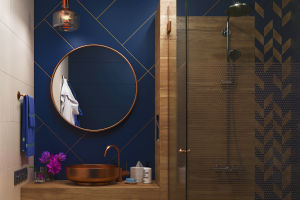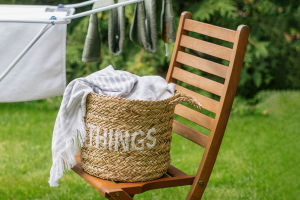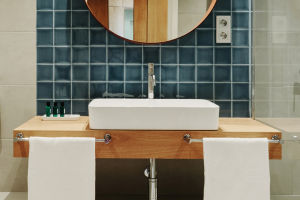Once you've found your new home, the next exciting step is adorning it with decor to infuse it with your unique essence. You have the freedom to choose an interior design theme that suits your taste, whether it's Scandinavian, industrial, or resort-inspired.
However, while the process is fun, it's important not to get carried away with aesthetics and overlook the essential aspects of your home's functionality.
Neglecting these basic needs may lead to unnecessary expenses for repairs, restorations, or redecoration in the future.
Here are five renovation skills to keep in mind that can save you money down the road:
1. Careful Electrical Planning:
One of the most common mistakes during renovation is improper electrical planning. It's crucial to plan the number and location of electrical outlets beforehand to prevent the need for rewiring later.
This not only saves time and money but also avoids the inconvenience of relocating temporarily while the work is done.
Additionally, consider potential future uses for rooms, like turning a guest room into a home office, and ensure they have enough outlets.
You've likely heard about house fires caused by old wiring, so engaging in rewiring efforts can significantly bolster both safety measures and long-term financial savings.
To save even more on outlet planning, consider connecting outlets, appliance power, and lights on the same circuit. This simplifies power management and minimizes the hassle of replacing built-in wires.
2. Energy-Efficient Appliances:
Many household appliances, such as air conditioners, ceiling fans, water heaters, stoves, and refrigerators, run continuously. Opt for energy-efficient options to cut down on utility costs.
For instance, LED lights may have a higher upfront cost but are more cost-effective and durable in the long run compared to traditional light fixtures. They're also safer, emitting less heat and no infrared radiation. Switching to a gas stove can also save money while enhancing the flavor of your cooking.
3. Natural Ventilation:
Incorporating natural lighting and ventilation into your home not only conserves energy but also creates a comfortable living environment. For rooms devoid of windows, it is advisable to incorporate extractor fans as a preventive measure against the accumulation of moisture and the subsequent growth of mold.
Alternatively, you can improve ventilation by reconfiguring walls, windows, and doors for better air circulation. If your home is in a windy location, opening windows can lower indoor temperatures and bring in fresh air.
4. Multi-Functional Furniture with Storage:
To maximize storage and living space in your home, opt for multi-functional furniture pieces. Transforming sofas, for example, can be adjusted to your needs, providing multiple seating options.
These pieces are convenient, easy to store, and can adapt to different situations. You'll have more flexibility in planning and using your space without sacrificing aesthetics. Additionally, you can take furniture with built-in storage, such as storage beds, chairs, and coffee tables with drawers into consideration.
5. Insulated Curtains for Temperature Control:
Insulated curtains are an effective way to combat outdoor heat and maintain a comfortable indoor temperature. They reduce heat absorption from sunlight, helping you save on air conditioning costs.
These curtains also serve as soundproofing materials, creating a peaceful living environment. Remember to close them during the hottest parts of the day for maximum effectiveness.
Taking these renovation skills into account can prevent costly oversights and make your home both beautiful and functional. Proper planning and investing in energy-efficient solutions will lead to long-term savings and a more comfortable living space.


